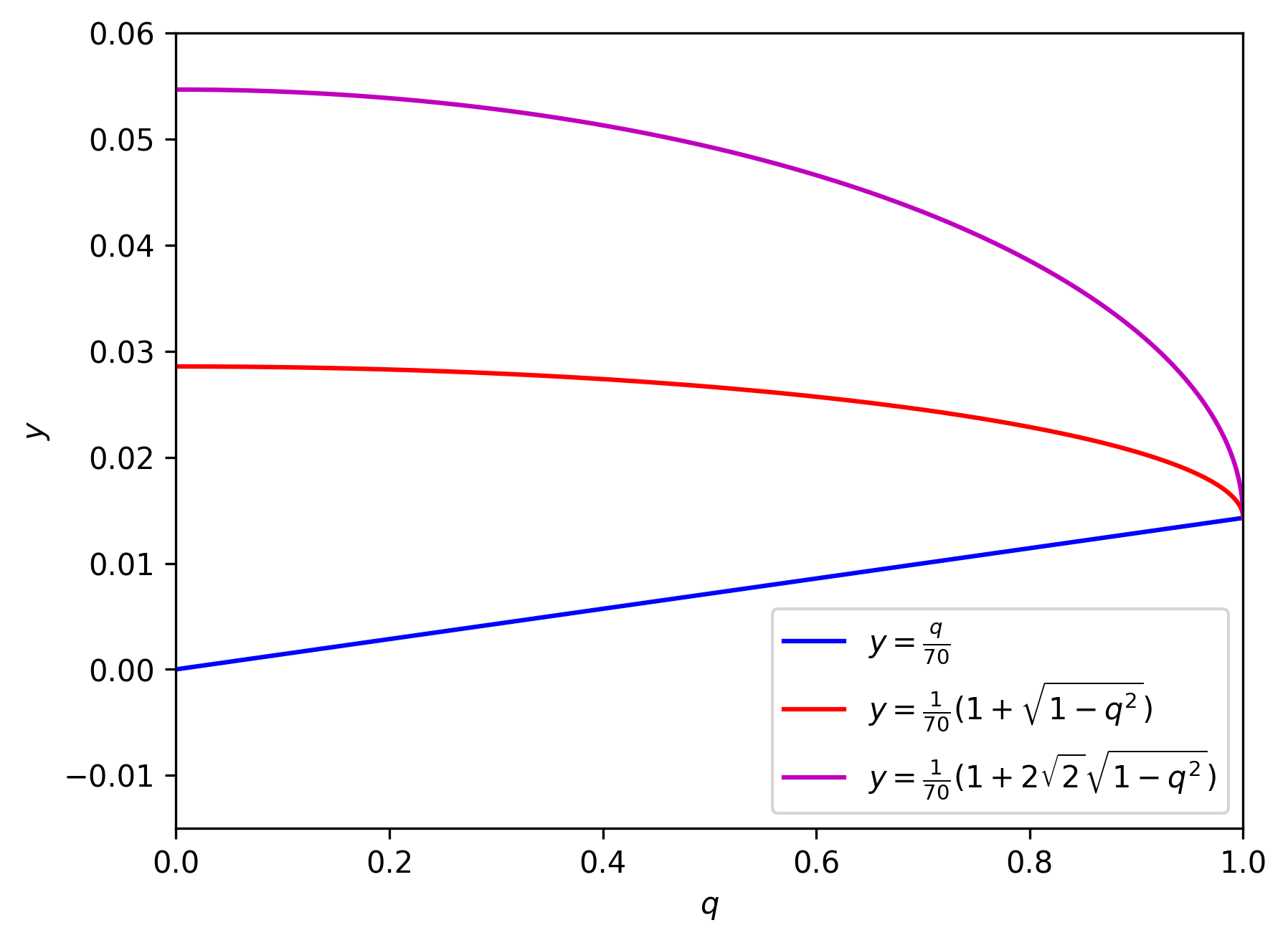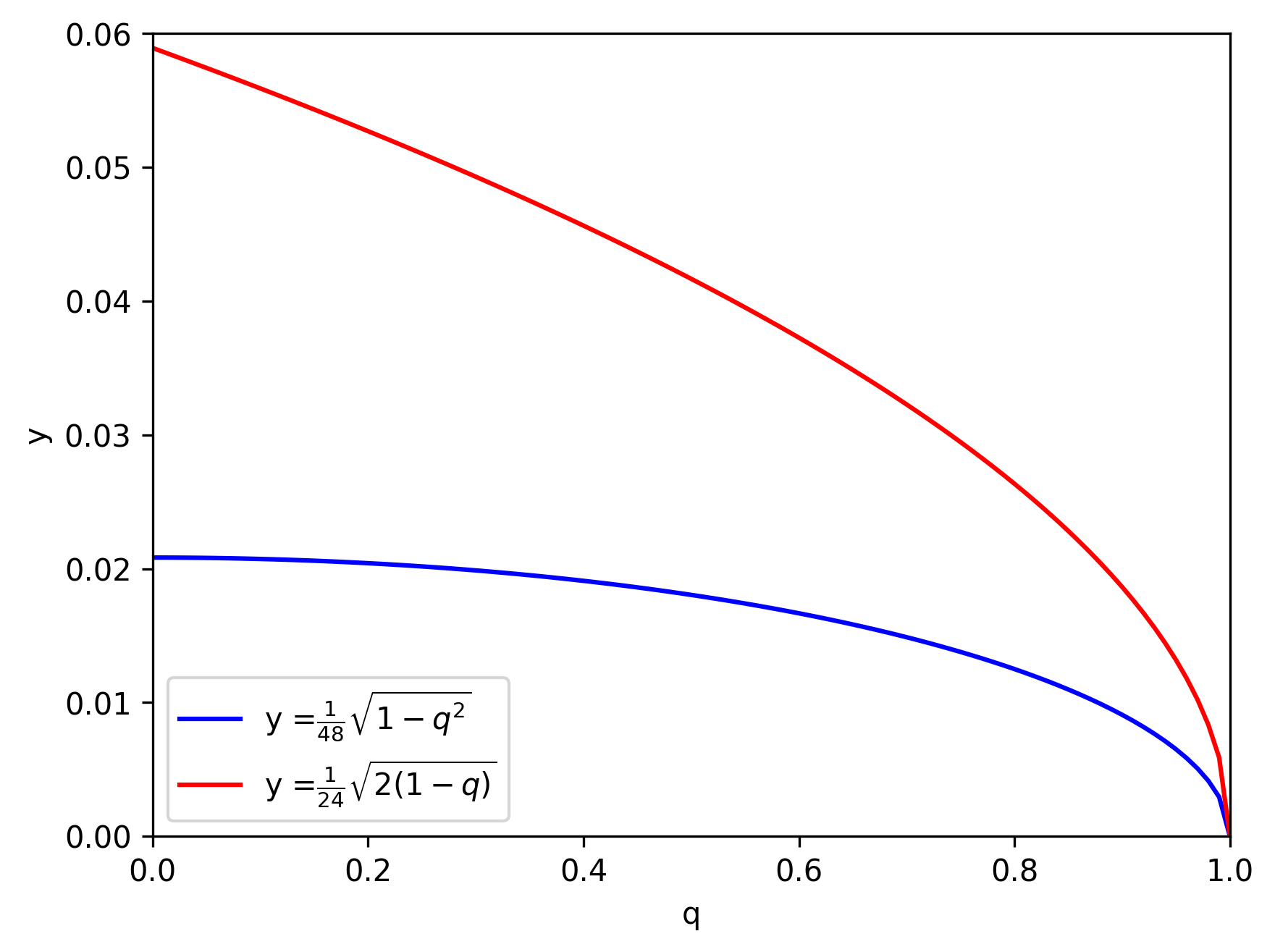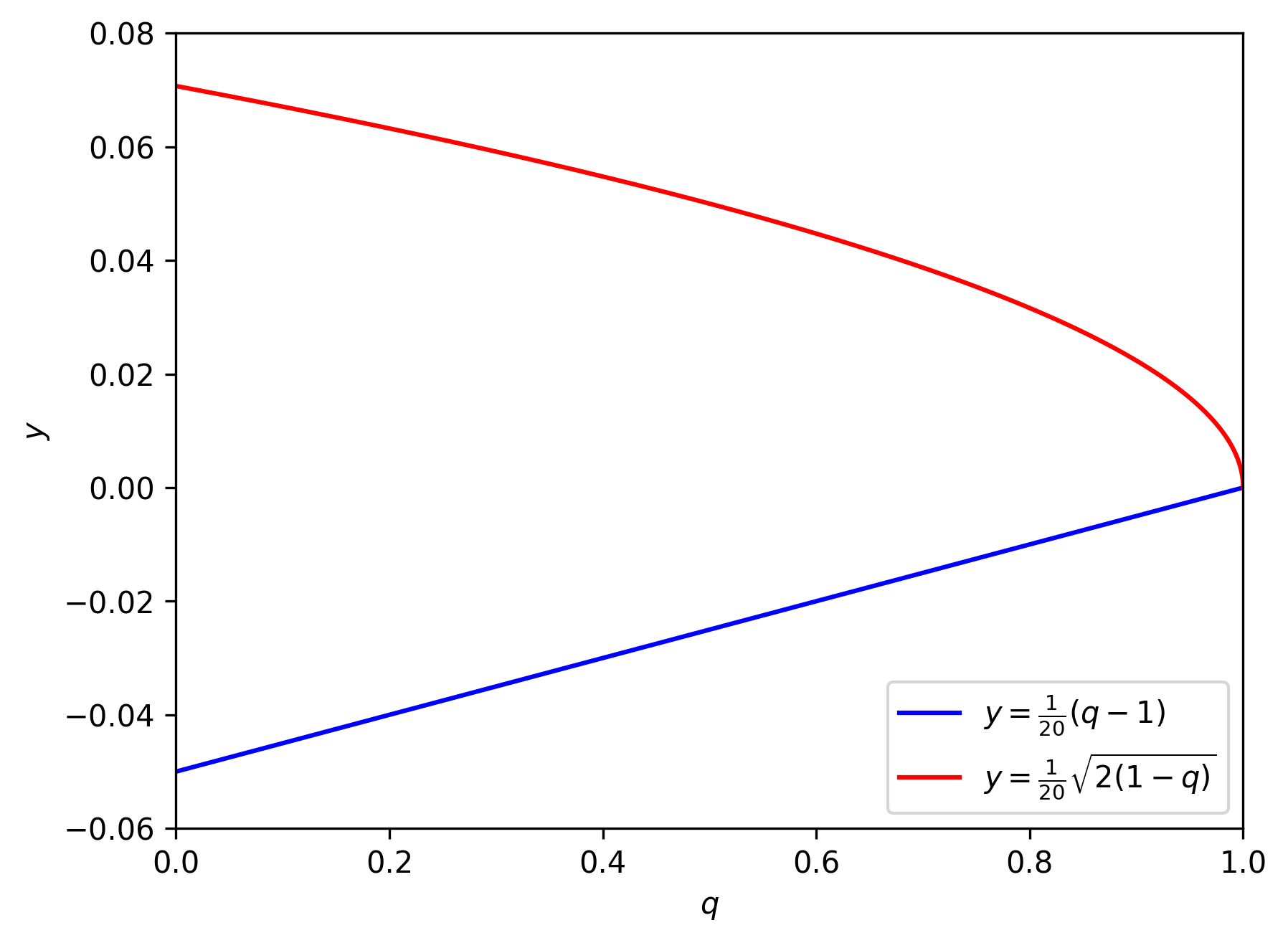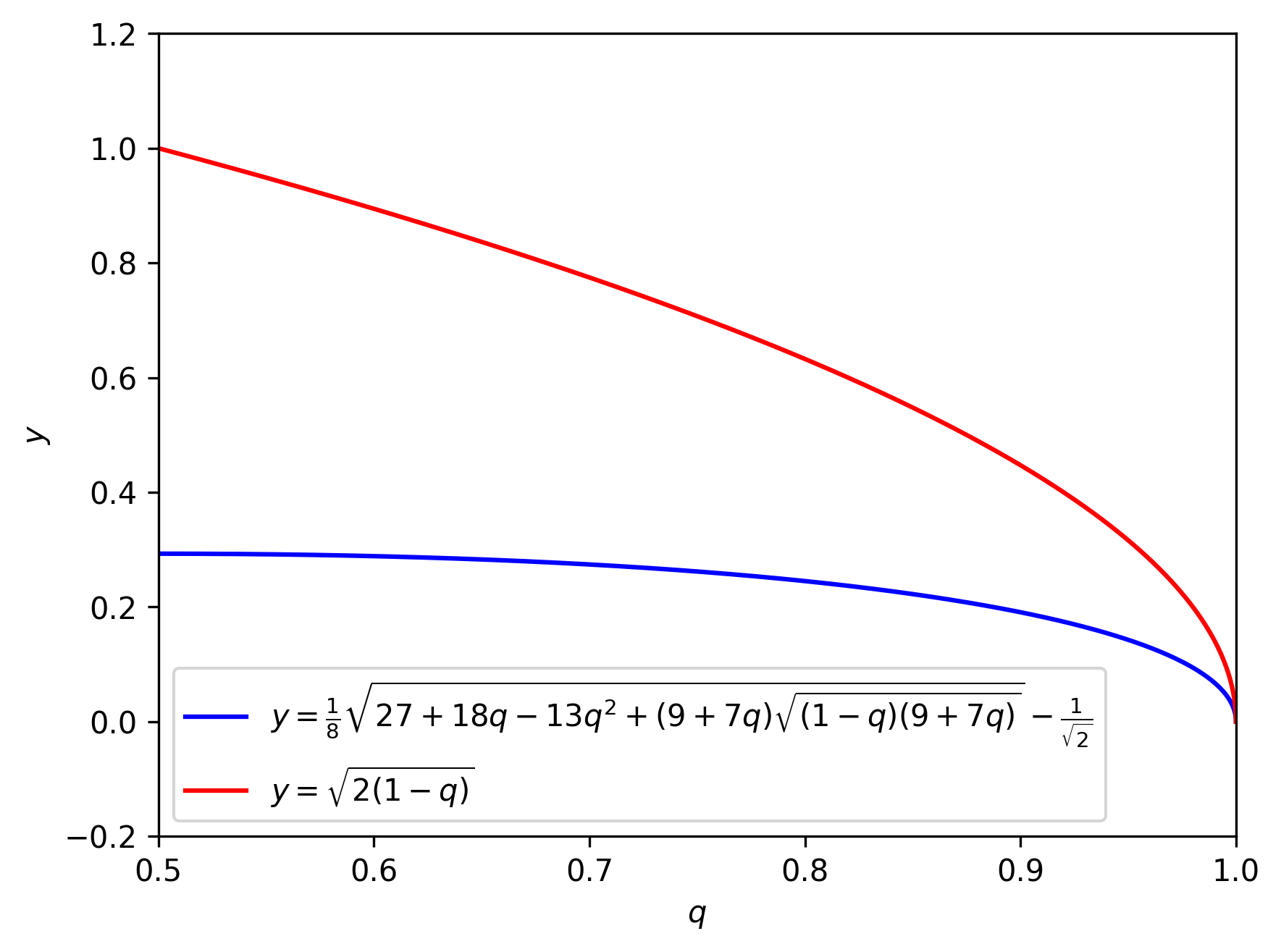Some spectral properties and convergence of the -numerical radius and -Crawford number
Abstract
In this study, some estimates are given for the -numerical radius and -Crawford number via the -numerical radius and -Crawford number for the -bounded linear operators in any complex semi-Hilbert space, respectively. Then, some evolutions are studied for the tensor product of two operators. Lastly, some convergence properties of the -numerical radius and -Crawford number, via the -uniform convergence of operator sequences, are investigated. We also considered several examples to illustrate our results. Finally, a few applications of some operator functions classes are also given.
keywords:
Operaor semi-norm, -numerical radius, -Crawford number.AMS 2010 Subject Classification: 47A05, 47A12, 47A30, 47A63.
1. Introduction
Throughout this article, denotes a complex Hilbert space endowed with the inner product and associated norm Let stand for the -algebra of all bounded linear operators acting on The identity operator on will be simply denoted by From now on, by an operator we mean a bounded linear operator acting on Recall that an operator is called positive, written if for all The square root of a positive operator is denoted by We denote by the absolute value of an operator Here, denote the adjoint of The Crawford number of an operator is given by
The usual operator norm and the numerical radius of an operator are, respectively, defined by
and
An operator is called normal if It is well known that the equality holds for every normal operator However, in general, the above equality fails to be true for non-normal operators. Notice that the following inequalities hold for every
| (1) |
The inequalities (1) play an important role in the approximation of , which have been the interest of numerous authors. The reader may consult, for example, [6, 7, 8, 13, 14, 22] and the references therein or the books [3, 11, 12].
For the rest of this paper, will denote a bounded linear positive operator on We are going to consider an additional semi-inner product on defined by for all which induces a semi-norm on This makes into a semi-Hilbert space. After that, we replace the operator norm with the following operator semi-norm
for an -bounded operator i. e. an operator which satisfies for all and some constant Let stand for all -bounded linear operators acting on
Recently, several generalizations for the concept of the numerical radius have been introduced (see [28] and references therein). One of these generalizations is the so-called numerical radius of an operator which was firstly introduced by Saddi in [26] as
The related -Crawford number is defined as
Note that, it may happen that for some (see [2]). Several results on the -numerical radius have been established by many mathematicians. See, e.g. [4, 5, 9, 10, 15, 19, 21, 24, 25, 27, 30] and references therein.
For the -numerical range is defined as
(see [16, 18, 23, 29]).
Recall that for the -numerical radius and -Crawford number are defined as
respectively.
Motivated by this, we introduce a new definition.
Definition 1.
For the operator the following set
is called the -numerical range of the operator . Also, the numbers
and
are called the -numerical radius and -Crawford number of the operator , respectively.
In this case it is clear that
Throughout this paper, the -numerical gap is the difference between the -operator semi-norm and -numerical radius, which is defined as
for
Also, the -Crawford gap is the difference between the -operator semi-norm and -Crawford number, which is defined as
for
In this study, the contents are as follows. In Section 2, some estimates are given for the -numerical radius and -Crawford number via the -numerical radius and -Crawford number, respectively, for the -bounded linear operators in any complex semi-Hilbert space. Then, some evolutions are studied for the tensor product of two operators. We also consider several examples on Hilbert space and establish only for a real number to illustrate our results. In Section 3, some convergence properties of the -numerical radius and -Crawford number via -uniformly convergence of operator sequences are investigated. In Section 4, a few applications of some operator functions classes are also given.
2. Some properties of the -numerical radius and -Crawford number
Theorem 1.
For the operator and the following are true
(1)
(2) If then
(3) If then
(4) If then
(5) If then
(6) For , it is true
(7)
(8)
Proof.
(1) For we have
Hence, it is obtained that
(2)-(3) These equalities are results of the following relations
(4)-(5) For the operator and the following relation
is true. Since for
then for we have and Hence, from the above inequality and the definitions of -numerical and -numerical radii we have
Similarly, from the above inequality and the definitions of -numerical radius and -Crawford number it is implies
(6) For , it is true
| (2) | |||||
Hence, we have
(7) For any we have
Then, from (6), we have and Hence, from the previous relation and the definitions of -numerical and -numerical radii we have
(8) This claim can be proved similarly.
∎
Note: From the claims (7) and (8) of Theorem 1, if then
for any operator
Note: From Theorem 1, the following is true
for any and
Theorem 2.
For the operator and the following is true
Proof.
For it is clear that
Since,
then for , we have
Consequently,
That is, for
Similarly, for the , we have
Then
Hence, we have
Consequently, from these facts, it is established that
for
On the other hand, for it is clear that
Then, we have
Similarly, we get
Then, from the first part of this theorem we have
∎
Lemma 1.
Remark 1.
Setting in Theorem 2, and consider , we have
| (3) |
Example 1.
Let and . Using Lemma 1, we get
So,
Since , we have . From the Remark 1, we get , , and using the fact , the value of Figure 1 compares the upper and lower bounds of .

Theorem 3.
If and Then, for we have
where,
Proof.
For any we have and
If then for and , we have
On the other hand, since
and
then we get
∎
Using an argument similar to that used in the proof of the previous theorem, it is easy to prove the following result.
Corollary 1.
(1) If then
(2) If , then .
Consequently,
if then
if then
if then
if then
Here, for
3. Some convergence properties of the -numerical radius and -Crawford number via operator sequences
Definition 2.
A sequence is said to converge uniformly to if for any there exists a positive integer such that
Theorem 4.
For any and , the following are true:
(1)
(2) If and then
(3) If the operator sequences converges uniformly to an operator in then
Proof.
(1) For any with the properties it is valid that
Now, using inequality (2) and the previous estimate, we get
This means that
On the other hand, similarly from the following inequality,
it can be easily to shown that
Consequently, it is established that
(2) This is a result of the property of the first proposition of this theorem.
(3) From the definition of the -numerical radius, we have
for and So, the following claim is true
Hence, for any , from the claim (1) of Theorem 1, it is obtained that
From the last relation and the uniform convergence of the sequence to in it follows that
∎
Remark 2.
Setting in Theorem 4 (1), and considering , we have
| (4) |
Here we consider some examples only for a real number .
Example 2.
Let and . Using Lemma 1, we get
So,
By Remark 2 and the fact that , we see that the right side of Remark 2 is . Since , we have . Therefore, the left side of Remark 2 is Figure 2 compares and the upper bound .

Example 3.
Let us consider and . In this case, Using the left side of Remark 2 is , while the right side of Remark 2 is . Figure 3 compares and the upper bound .

Example 4.
Let and . Using [17, Proposition 4.3], we get
By Remark 2 and the fact that , we see that the right side of inequality (4) is . Also, we know that . Therefore, the left side of inequality (4) is Figure 4 compares and the upper bound .

Theorem 5.
For any and the following are true:
(1)
(2) If and then
(3) For any and we have
(4) If the operator sequence converges uniformly to an operator in then
Proof.
(1) For we have
From this and from the definition of the Crawford number, we have
that is,
Similarly, by the previous method, it can be shown that
Consequently, it is true
(2) The validity of this result is clear from the first claim.
(3) For any , we have
From the last relation, we have
that is,
In a similar way, it can be established that
Consequently, from the previous results, we have
Hence, it is clear that
(4) The validity of this result follows from the last claim and the inequality
(See the first claim of Theorem 1.) ∎
Corollary 2.
For the operator sequence in which converges uniformly to an operator the following are true:
and
Proof.
Indeed, for the gaps, we have
and
Since then the validity of the corollary is clear. ∎
4. Some applications
In this section, some applications of our results will be given.
Application 1
Let and be two complex Hilbert spaces, and Consider the following operator sequences
Assume that and uniformly for some and in and respectively. Also, let
It is clear that
For any it is clear that
| (5) |
Therefore, Hence, it is easy to see that
for any That is, for any , it is established that
Then, from the Corollary 2, we have
On the other hand, from (5), it is true that
for any Then,
Then, by Corollary 2, we have
for any
Application 2
Let uniformly on and
where,
Then, the operator sequences converges uniformly to the identity operator in Hence, for any by Corollary 2, we have
Application 3 A prominent function class will be given (see [1]). Let be a modulus of continuity, i. e., is a non-decreasing continuous function on such that for and
In this case, is defined as
where is the unit disc and is the class of analytic functions on
Also, when is given, will be defined as
Remark that
Theorem 6.
[1] For every modulus of continuity for arbitrary contractions and and there exists a constant such that
Now, we will examine how the results in this section vary for operator functions.
Theorem 7.
Let in be a sequence of contraction operators, which converges uniformly to an operator and In this case,
are true.
Proof.
Let in be a sequence of contraction operators, which converges uniformly to an operator and In this situation, is a contraction operator. Also, since then there exists such that by Theorem 3. Thus, since then the operator sequence converges uniformly to Therefore, the validity of the assertions of this theorem under the corresponding conditions is obvious from Theorems 4 and 5. ∎
Conflict of interest: The authors state that there is no conflict of interest.
Data availability: Data sharing not applicable to the present paper as no data sets were generated or analyzed during the current study.
Funding: Not applicable.
References
- [1] Aleksandrov, A. B., Peller, V. V., Operator Hölder-Zygmund functions, Adv. Math. 224 (2010), 910-966.
- [2] Baklouti, H., Feki, K., Sid Ahmed, O. A. M., Joint numerical ranges of operators in semi-Hilbertian spaces, Linear Algebra Appl. 555 (2018), 266-284.
- [3] Bhunia, P., Dragomir, S. S., Moslehian, M. S., Paul, K., Lectures on numerical radius inequalities, Infosys Science Foundation Series. Cham: Springer. 2022.
- [4] Bhunia, P., Feki, K., Paul, K., Numerical radius inequalities for products and sums of semi-Hilbertian space operators, Filomat 36 (4) (2022), 1415-1431.
- [5] Bhunia, P., Nayak, R. K., Kallol, P., Refinement of seminorm and numerical radius inequalities of semi-Hilbertian space operators, Math. Slovaca 72(4) (2022), 969-976.
- [6] Bhunia, P., Paul, K. Refinements of norm and numerical radius inequalities, Rocky Mountain J. Math. 51 (6) (2021), 1953-1965.
- [7] Bhunia, P., Paul, K., Proper improvement of well-known numerical radius inequalities and their applications, Result Math. 76 (2021), 1-12.
- [8] Bhunia, P., Paul, K., New upper bounds for the numerical radius of Hilbert space operators, Bull. Sci. Math. 167 (2021), 1-11.
- [9] Conde, C., Feki, K., On some inequalities for the generalized joint numerical radius of semi-Hilbert space operators, Ricerche di Matematica (2021), 1-19.
- [10] Feki, K., Sahoo, S., Further inequalities for the -numerical radius of certain operator matrices, Georgian Math. J. 30 (2023), no. 2, 213–226.
- [11] Gau, Hwa-Long, and Pei Yuan Wu., Numerical ranges of Hilbert space operators, 179 Cambridge University Press, 2021.
- [12] Gustafson, K. E. and Rao, D. K. M., Numerical Range. The field of values of linear operators and matrices, Springer-Verlag, New York, 1997.
- [13] Heydarbeygi, Z., Amyari, M., Khanehgir, M. Some refinements of numerical radius inequalities, Ukr. Math. J. 72 (2021), 1664-1674.
- [14] Kittaneh, F., Numerical radius inequalities for Hilbert space operators, Studia Math. 168(1) (2005), 73-80.
- [15] Kittaneh, F., Sahoo, S. On -numerical radius equalities and inequalities for certain operator matrices, Ann. Funct. Anal. 12 (52) (2021) https://doi.org/10.1007/s43034-021-00137-6
- [16] Lı, C. K., Mehta, P. P., Rodman, L., A generalized numerical range: the range of a constrained sesquilinear form, Linear Multilinear Algebra 37 (1994), 25-49.
- [17] Li, C. K, Nakazato, H., Some results on the -numerical, Linear Multilinear Algebra 43 (1998), 385–409.
- [18] Marcus, M., Andresen, P., Costrained extrema of bilinear functionals, Mon. Hefte Math. 84 (1977), 219-235.
- [19] Moghaddam, S. F., Mirmostafaee, A. K., Janfada, M., -numerical radius inequalities for Hilbert space, Linear Multilinear Algebra 72 (5) (2024), 751–763.
- [20] Nakazato, H., The -numerical range of a matrix, Sci Rep Hirosaki Univ. 41 (1994), 197–206.
- [21] Patra, A., Roy, F., On the estimation of -numerical radius of Hilbert space operators, Oper. Matrices 18 (2024), 343–359.
- [22] Qiao, H., Hai, G., Bai, E., Some refinements of numerical radius for operators matrices, J. Math. Inequal. 16 (2) (2022), 425-444.
- [23] Rajic, R., A generalized -numerical range, Pac. J. Math. 10 (2005), 31-45.
- [24] Rout, N. C., Sahoo, S., Mishra, D., Some -numerical radius inequalities for semi-Hilbertian space operators, Linear Multilinear Algebra 69 (2021), 980–996.
- [25] Rout, N. C., Sahoo, S., Mishra, D., On -numerical radius inequalities for operator matrices, Linear Multilinear Algebra 70(14) (2022), 2672–2692.
- [26] Saddi, A., -normal operators in Semi-Hilbertian space, Aust. J. Math. Anal. Appl. 9 (1) (2012), 1-12.
- [27] Sahoo, S., On -numerical radius inequalities for operator matrices-II, Filomat 35 (15) (2021), 5237–5252.
- [28] Sheybani, S., Sababheh, M., Moradi, H. R., Weighted inequalities for the numerical radius, Vietnam J. Math. 51 (2023), 363–377.
- [29] Stampfli, J. G., The norm of derivation, Math. Commun. 33 (3) (1970), 737–747.
- [30] Zamani, A., A-numerical radius inequalities for semi-Hilbertian space operators, Linear Algebra Appl. 578 (2019), 159–183.